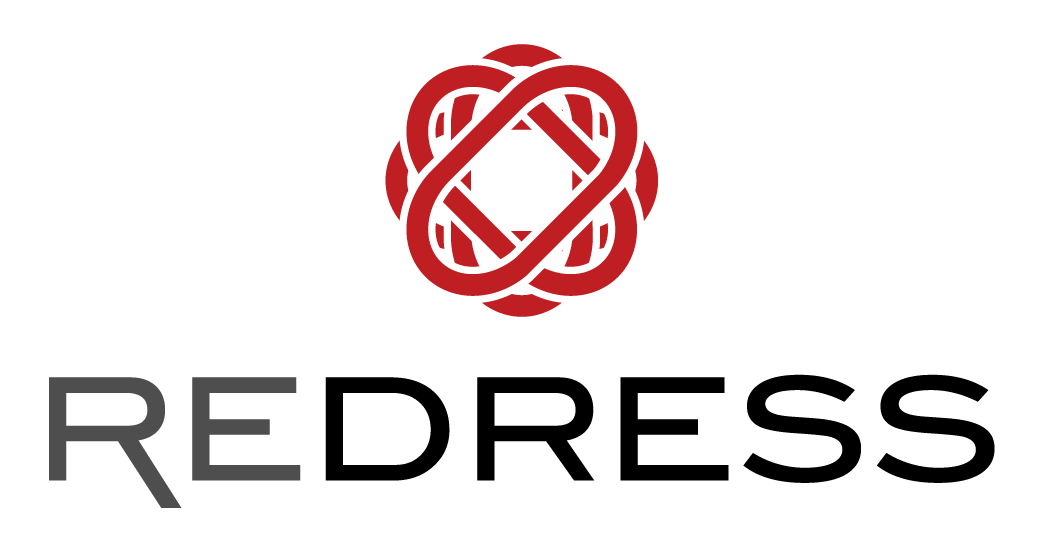Educating young citizens is critical in enabling positive consumer behaviour and fighting against climate change. That’s why Redress has launched a free bilingual online educational toolkit – full of practical information, data and exercises to explore how we make, buy, use and dispose of our clothes. We want to change the status quo and spark passion in young people to demand better systems and better products for a more sustainable future.
The resources available in the toolkit aim to help teachers ignite conversations around issues like production, consumption and waste in the classroom, and to encourage students to think critically about clothes across their whole lifecycle – how we design them; how we make them; how we use them; and what we do with them when we no longer want them.
By introducing students to these issues, as well as to alternative ways of thinking, making and doing, we hope to inspire them to take an active role in driving change, whether it be in their own consumption habits, at their school, in their local communities, or in their future careers. We created this toolkit in close consultation with the end users. From the outset, we worked with teachers and curriculum advisors from the English Schools Foundation, the Education Bureau, and our wider network of schools, who helped us to understand how best to create it to support current curriculums, pedagogies, and teacher and student-learning needs.
The toolkit is designed for teachers and students at both primary and secondary level and relevant to a range of curriculums and disciplines; from social studies to language & arts to maths, science and design & technology. We believe that fashion, and its impact on the environment, is by nature an interdisciplinary subject.
The content was intentionally developed to allow teachers flexibility in the content and resources they choose to use in their classrooms. It can be adapted to be a research platform that students can access and use independently, either as part of a class project, or for their own personal research.
Visit the Toolkit HERE or watch our Introduction Video to learn more. All resources are free to use.


